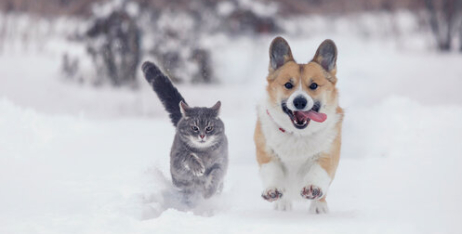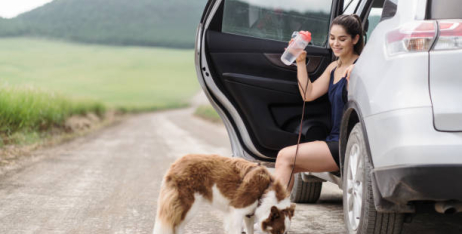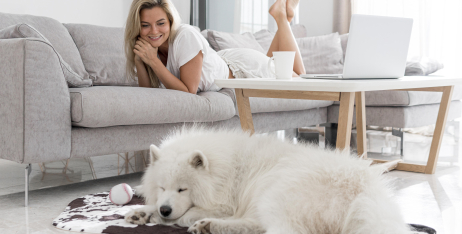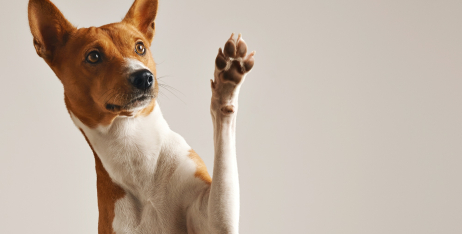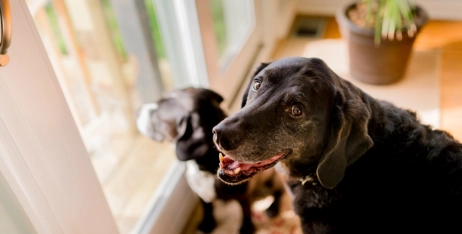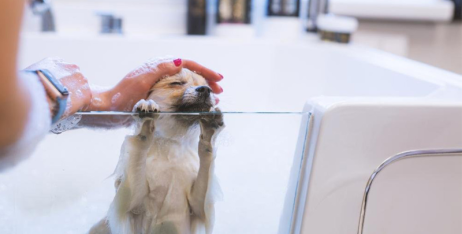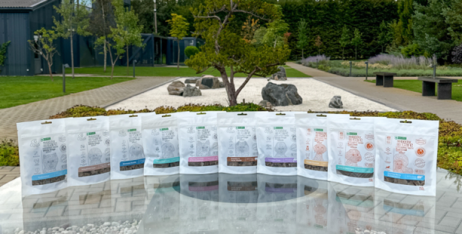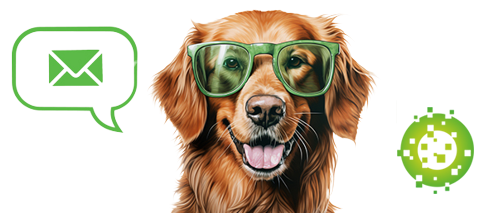Training Tips for Dogs Building a Strong Bond
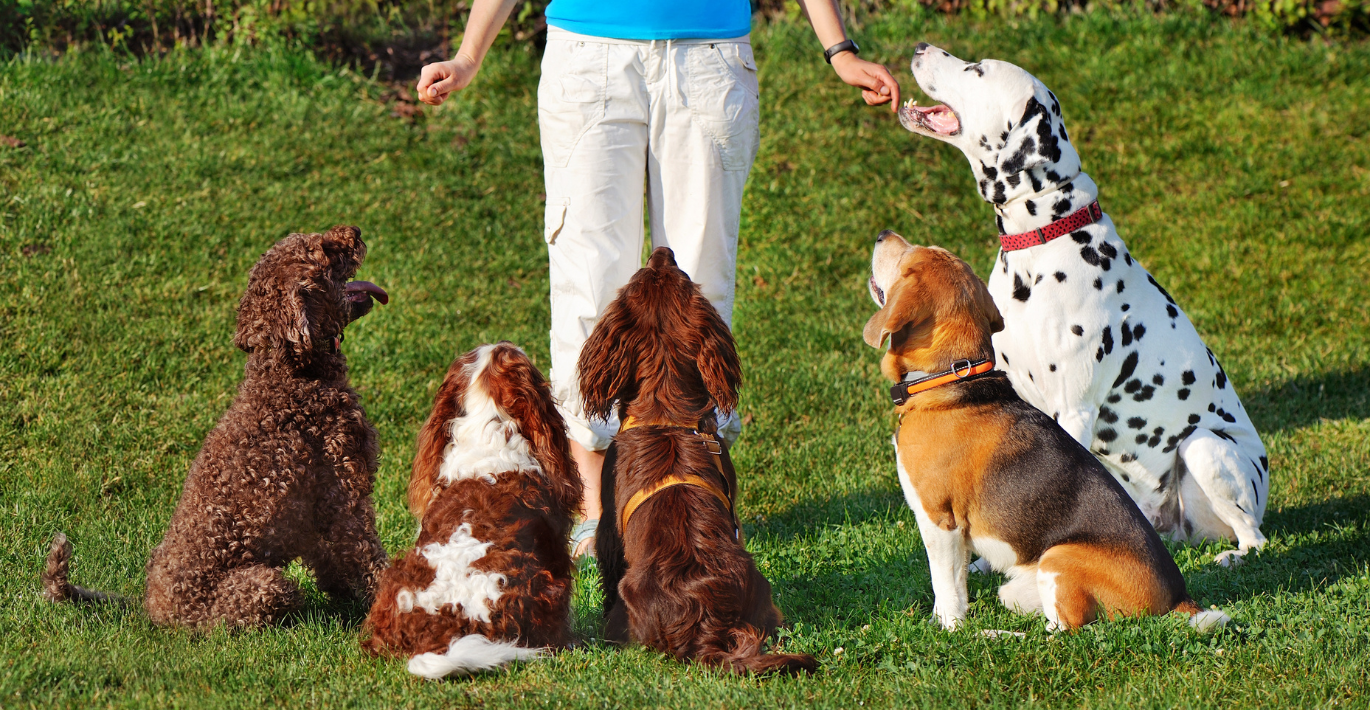 Training is essential for creating a happy, well-behaved dog, and it’s also one of the best ways to form a strong bond with your furry friend. With the right techniques, you can turn training sessions into fun, rewarding experiences that deepen the trust and connection between you and your dog. Let’s explore some effective tips and how to use treats and toys to make the process enjoyable for both you and your dog!
Training is essential for creating a happy, well-behaved dog, and it’s also one of the best ways to form a strong bond with your furry friend. With the right techniques, you can turn training sessions into fun, rewarding experiences that deepen the trust and connection between you and your dog. Let’s explore some effective tips and how to use treats and toys to make the process enjoyable for both you and your dog!
1. Start with Positive Reinforcement. One of the most effective training methods is positive reinforcement—rewarding your dog for desired behaviors rather than punishing them for mistakes. This approach builds trust and strengthens the bond between you and your dog, creating an environment where your dog feels safe and motivated to learn.
2. Use Treats as Rewards. Treats can be a powerful motivator during training sessions. Small, tasty treats given immediately after your dog performs a command help reinforce good behavior. Here’s how to use treats effectively:
- Choose High-Value Treats: Dogs respond best to treats they don’t get often, so choose something special and appealing, like soft, small treats or pieces of cooked meat.
- Keep Portions Small: Training treats should be tiny—about the size of a pea—to avoid overfeeding.
- Reward Quickly: Timing is crucial. Give the treat as soon as your dog performs the desired behavior so they understand what they’re being rewarded for.
- Gradually Reduce Treats: Once your dog has learned a command, slowly reduce treats and replace them with praise and affection, so they stay motivated without expecting food every time.
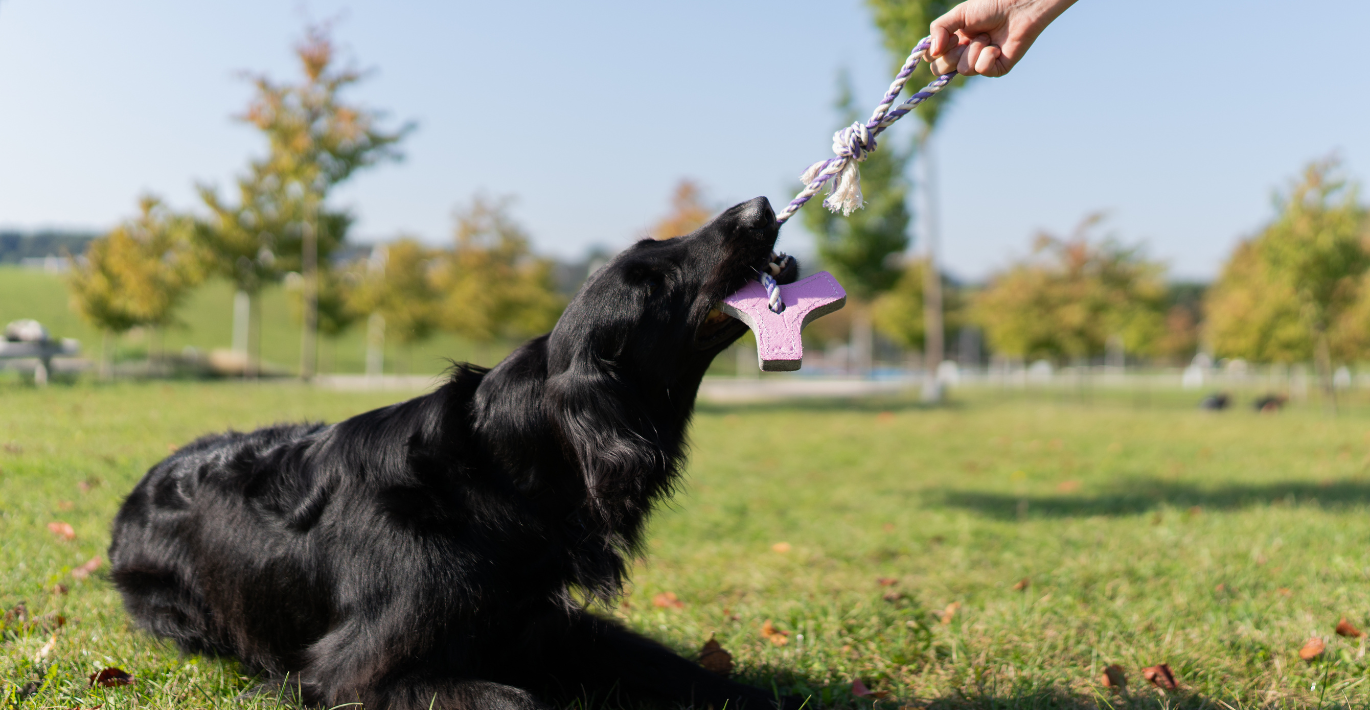
3. Incorporate Toys for Training. Toys can be just as effective as treats for certain types of training. Using toys not only makes training fun but also provides mental and physical stimulation. Here’s how toys can enhance your training:
- Fetch for Recall Training: Use a favorite toy for recall training. Toss it a short distance, and as your dog brings it back, praise them for responding to commands like “Come” or “Bring it here.”
- Interactive Toys for Mental Stimulation: Puzzle toys or toys that dispense treats encourage your dog to think and work for a reward. These can be especially helpful in building problem-solving skills and keeping your dog engaged during solo playtime.
- Use Tug Toys for Impulse Control: Tug-of-war can teach impulse control, a valuable skill for an obedient dog. Use a command like “Take it” when the game begins and “Drop it” to end it, rewarding them when they follow these instructions.
4. Be Consistent and Patient. Consistency is key to successful training. Use the same commands, reward methods, and routines, and be patient as your dog learns. Every dog is unique and may take time to understand what’s expected. Celebrate small victories, and remember that training is an ongoing process that strengthens your bond over time.
5. Short, Frequent Sessions Work Best. Dogs often learn best in short, focused sessions. Aim for sessions of 5-10 minutes and end each one on a positive note. Frequent, brief sessions keep your dog interested and eager to learn without becoming overwhelmed or distracted.
Training your dog is a journey that, when done right, creates a lifelong connection based on trust, respect, and fun. Treats, toys, and patience can make this journey rewarding for both you and your furry companion, leading to a well-behaved dog and a fulfilling relationship. Happy training!
FAQ
1. How long should each training session be?
Each training session should be short and engaging, ideally between 5-10 minutes. Dogs learn best in focused, brief sessions, so multiple short sessions spread throughout the day are more effective than one long session. This keeps your dog interested and prevents boredom.
2. What type of treats are best for training?
The best training treats are small, soft, and highly appealing to your dog. Look for treats that are about pea-sized or easy to break into small pieces. Options like small pieces of cooked chicken, soft training treats, or even bits of cheese are typically very enticing. Remember to use treats that aren’t part of their regular diet so they’re seen as special rewards.
3. Can I use my dog’s favorite toy as a training reward?
Yes! Toys can be a fantastic reward, especially for dogs that enjoy play as much as or more than food. Using a favorite toy like a ball or tug toy during training is excellent for reinforcing good behavior and building excitement. Just be sure to choose the toy that fits the training scenario—fetch toys work great for recall, while tug toys can help with impulse control.
4. What do I do if my dog doesn’t respond to treats or toys during training?
If your dog isn’t motivated by treats or toys, try a few different types to see what they respond to best. For some dogs, praise, petting, or verbal rewards like “good boy/girl” can be just as effective. Another option is to train when they’re slightly hungry or to use a higher-value treat that they don’t get often, which can spark more interest.
5. How long does it take for a dog to learn a new command?
The time it takes for a dog to learn a new command varies based on factors like their age, breed, and past training experiences. Puppies and young dogs often pick up simple commands within a week or two, with daily practice. For older dogs or more complex commands, it may take several weeks. Consistency and patience are key—each dog learns at their own pace.

